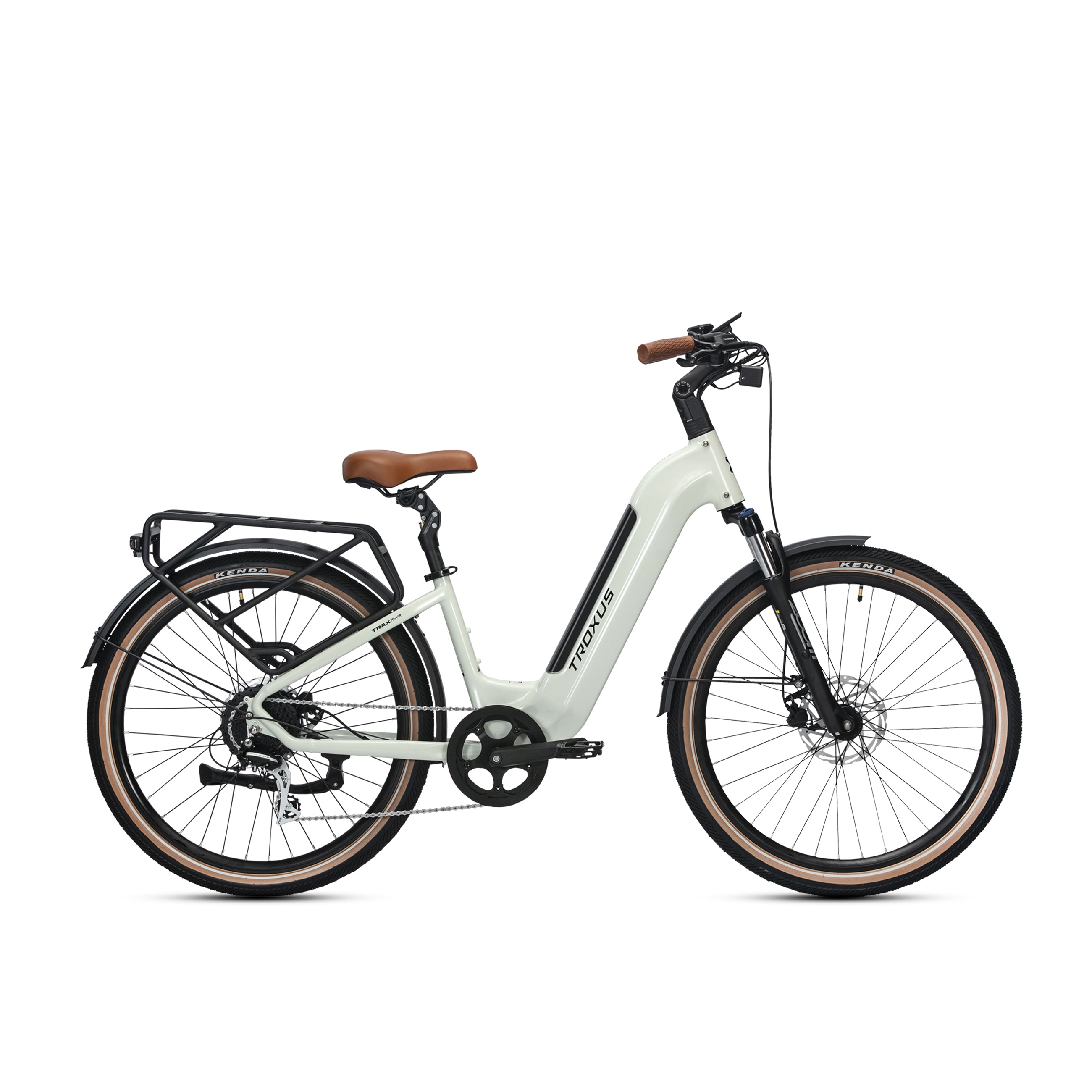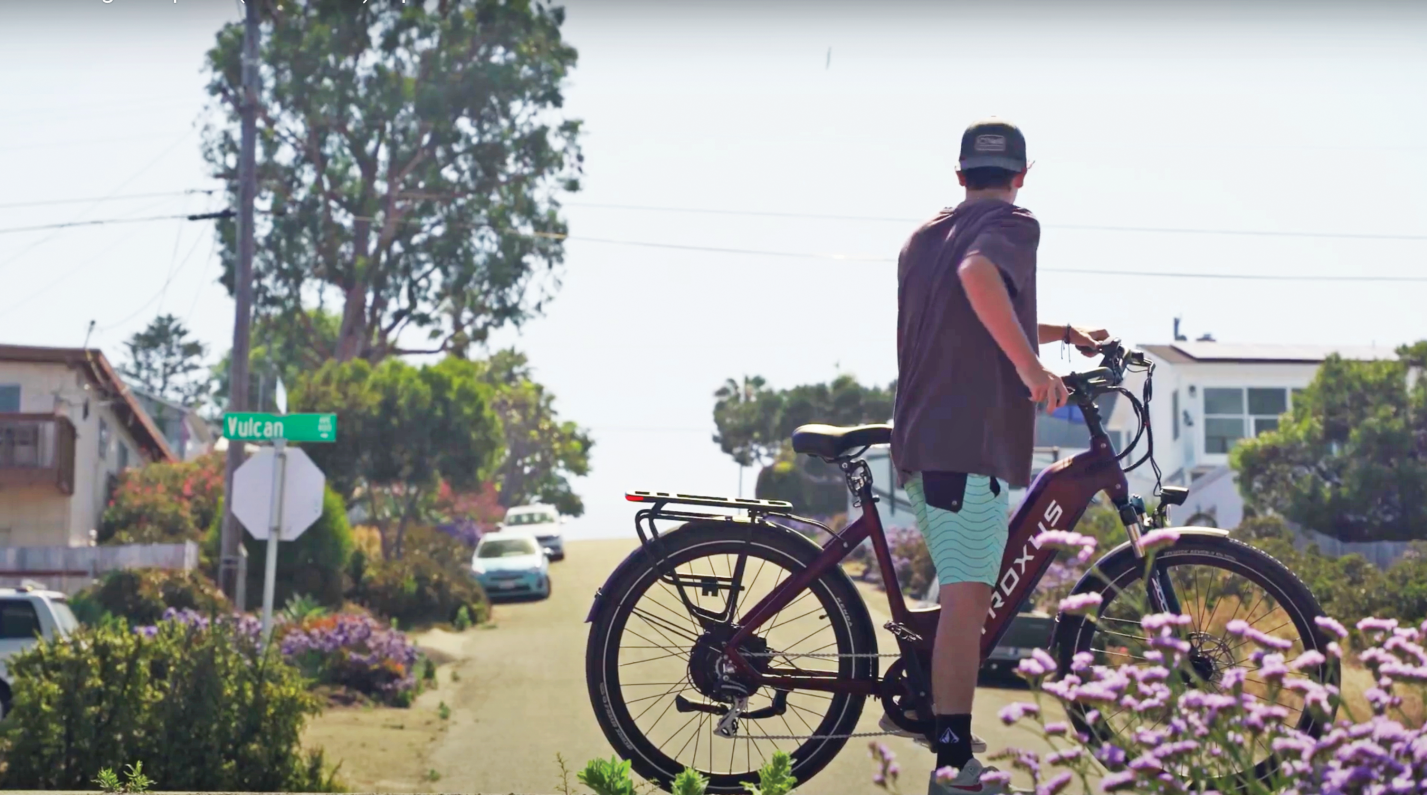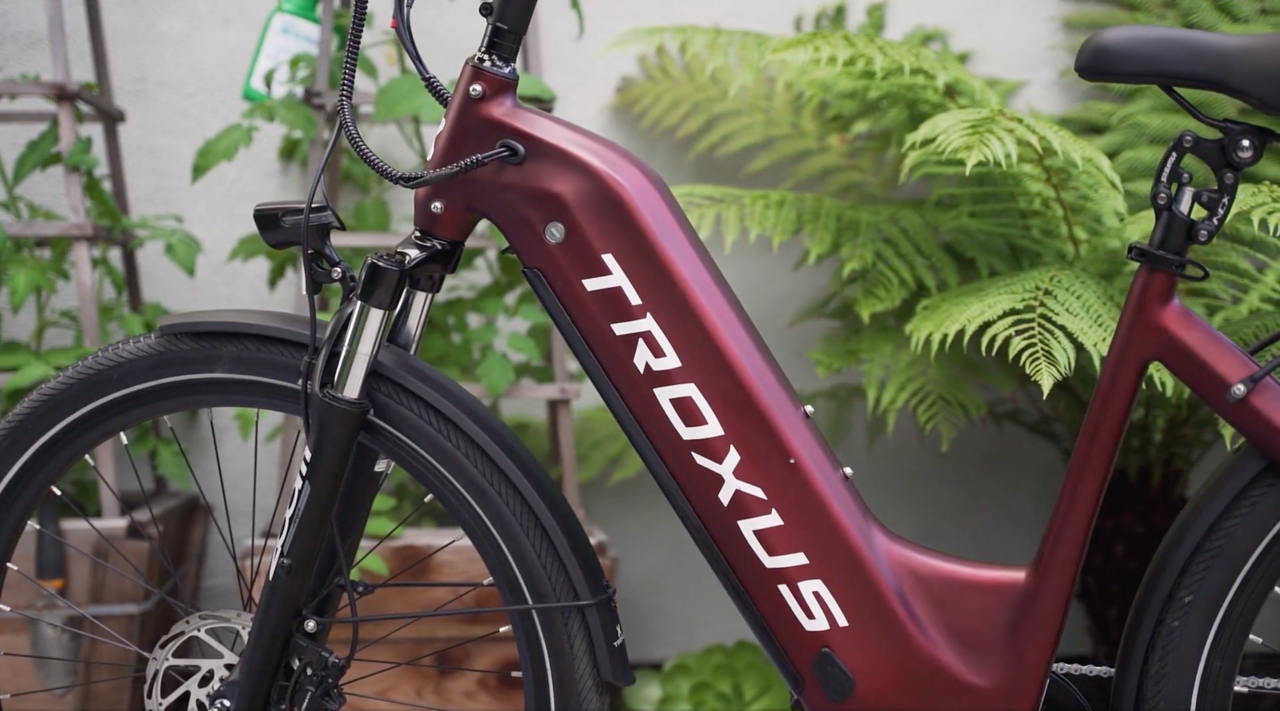There are many different things to consider when purchasing an e-bike, from the very mundane (like cargo bike versus trail bike versus rigid versus suspension) to the more important (things like battery size, motor size, desired range capacity). And, it goes without saying, price.
That said, one thing that is often overlooked and even more often misunderstood, is the type of sensors being used to regulate the power assistance from the actual motor. These sensors fall into two major categories; torque sensors and cadence sensors. What are their differences and what makes either one better than the other … if either one even is better than the other.
Both sensors fall largely into two types of drive systems; torque sensors are almost exclusively used on mid-drive motor systems (where the motor is incorporated into the frame, at the bottom bracket), and cadence sensors are almost exclusively used with hub drive systems (where the motor is built into either the front or rear wheel). How these sensors work is also different. In a very simplified nutshell, a torque sensor uses strain gauges built into the drive system to measure the force being applied to the pedals by the rider, while cadence sensors measure the rider’s pedal/ crank rotations regardless of the effort.

Torque sensors are by default more expensive, due to their system requirements and the technology itself. There are some less expensive versions that incorporate strain gauges into a bottom bracket unit, but they tend to be far less reliable and prone to repair issues. They require frames that are designed to work with the motor chosen, creating a need for a very specific type of motor attachment to the frame. This limits options for the frame makers, in terms of their designs. Since the torque sensors themselves can be very sensitive, taking measurements a thousand times per second, they can produce a more “natural” pedaling feel. This is why they are the preferred motor and sensor type for sport/ performance e-bikes- like those raced at e-MTB World Championships. Torque sensors can also further increase battery range through motor efficiency, allowing for the use of smaller and lighter batteries- again why they are popular with performance bikes, like road and gravel bikes, where weight is a much greater concern.
Firstly, let’s be clear on terminology- cadence, rather than speed. These two words are commonly interchangeable, but in this situation the two are very different. A speed sensor is a very rudimentary system that simply measures speed, whereas a cadence sensor actually measures the number of revolutions of the crankarms, taking measurements at various points in each revolution. Cadence sensors are much less expensive than torque sensors, due to their simplicity. Systems vary in precision and quality, as with anything, but even the most sophisticated versions remain far less expensive than torque sensor systems. Since cadence sensors work well with hub motor systems, they can be used with a far broader range of frame designs, making them less expensive and restricted than using a torque sensor and mid-drive motor. This keeps the frame manufacturing costs down, as well, creating an overall less expensive e-bike, as well as broader overall range of options. Since the rider’s actual output is not being measured, just the fact that the crankarms are moving, it takes less effort to get moving and keep the system providing power assistance, making cadence sensors especially useful to those who may not be as strong, or who are not seeking ultimate sporting performance, rather than ease of effort- like commuters wanting to get to work/ school without getting overly sweaty.

As with all things, there are obvious pros and cons to both systems. The most notable are below;
Cadence Sensors
PRO:
- Less expensive
- Easier rider input to engage motor
- More bike options/ greater availability
- Requires less effort to keep motor fully engaged, regardless of PAS setting Less expensive repairs
CON:
- Can be less responsive
- Ride quality can feel less “natural”
- Less range per given battery size, in some versions
Torque Sensors
PRO:
- More rapid engagement
- More “natural” feeling
- Can provide better range due to motor efficiency
CON:
- More expensive
- Cheaper versions are much less reliable
- Fewer options
- Requires more rider effort to maintain power assistance
- More expensive repair issues

So why do we use so many hub motors with cadence sensors? First of all, they perform exceptionally well for the vast majority of users, at a great performance for dollar metric. We over compensate for any potential motor efficiency issues by building larger capacity batteries to extend the range and performance of our bikes, without negatively impacting the price. Performance of cadence sensors also relies very heavily on the number of magnets used within the system- as each magnet passes the pickup sensor, it sends a signal to the controller to regulate the motor output. Systems range from as few as three magnets, to as many as 14. Our systems incorporate 12 magnets, to provide rapid acceleration and super smooth pedaling feel. Electric Bike Report gave both our Lynx and eXplorer bikes very high scores based on their performance. As the reviewer noted in their review of the eXplorer, “I found that its cadence sensor responded to just a quarter-turn of the cranks and triggered the motor’s input quickly. This means you don’t need to put in a lot of effort if you don’t want to; this is a bike that wants to do most of the hard work for you!”
For the overwhelming majority of e-bike users, not looking for a super sporty e-MTB or lightweight road or gravel bike, cadence sensors paired with hub motors provide the best performance for dollar option. If you’re simply commuting to work/ school, and want to get there with less effort and sweat, then this is likely the best option for you. If you want to exert less effort, yet reach the full speed of the system, then this is the best option. And, quite simply, if you want to spend less without giving up on range or performance, then a cadence sensor is most definitely the best option for you.
Have questions? We’re happy to answer them!








